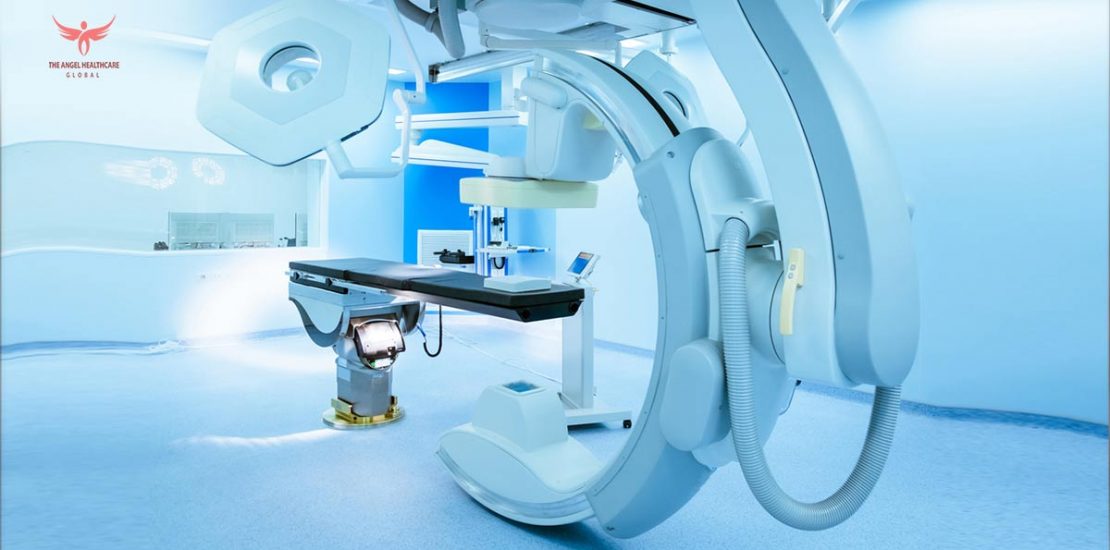- December 14, 2019
- Posted by: global_gautam
- Category: blog

The role of the technical advisor in medical equipment planning is a three-step process. This process involves planning, assessment and finally, procurement. During the whole process, the first thing that the technical advisor should keep in mind is the project budget. With that, he must also ensure that no compromises are made in the services that the hospital aims to provide. These typically include the safety of operators and patients.
Additionally, medical equipment planning involves ensuring that the proper level of technology is used according to the needs and the budget of the hospital.
Medical Equipment Planning Planning
The first step in medical equipment planning begins with an analysis of the services that the hospital is already providing. This includes the technology that they are using and the staff’s skills. If the staff is not skilled at par to make proper use of the medical equipment finally bought after the whole medical equipment planning process, they may later require to be trained.
Thus, varying from hospital to hospital, the clinical speciality and their grade of practice, are essential factors for medical equipment planning.
Apart from trained staff, other factors like available space, location, fees charged from patients, number of staff appointed for each department, etc. are also to be taken into account.
Since every hospital depending on its current scenario has its challenges, medical equipment planning should be addressed carefully and in a systematic manner.
With all that said, a proper techno-commercial assessment is crucial for medical equipment planning to be fruitful. Let’s understand how it is practised by the technical advisor.

Assessment
To prepare a comprehensive list of the required medical devices, several resources need to be checked and utilised. These include utility requirements like weight load, environmental needs, etc. Plus, technical specifications, quality standards, and the regular medical equipment database with market prices.
The list thus prepared can subsequently be used to compare and rank the medical equipment when dealing with a manufacturer or distributor.
Additionally, factors like market share and service support should be taken into consideration when finalising the medical equipment.
This is an essential step of medical equipment planning where the analysis and comparison thus achieved gives the client a clear picture of how his budget has to be utilised.
Procurement
This last stage of medical equipment planning is to ensure the right equipment is delivered in the right time frame, by the right manufacturer in the right situation.
A major factor that should not be ignored is the right, competitive price in which the equipment is being bought. Proper medical equipment planning also keeps a check on the prices for post-sale services and maintenance of the devices.
This stage also involves a check on the quality of the medical equipment bought. To ensure this quality assurance certifications by CE, FDA, UL, etc can be utilised.
Next, it is important to examine the installation premises. The area where a particular equipment has to be shifted should be completely ready for it. It needs to be ensured that no potential changes regarding the infrastructure exist after the device has been moved.
Also, it should be kept in mind that all medical equipment is highly sensitive and may even be fragile. Thus, the manufacturer’s guidelines on how to handle the equipment must be properly understood and adhered to.
Those who are given the responsibility of handling the medical equipment must be trained properly of its operation. This can be anyone including doctors, nurses, department technicians, biomedical engineers, and other staff. They must ensure proper use, care and maintenance of the medical equipment and therefore, must be fully trained beforehand.
Lastly, the rooms where the medical equipment has to be placed must be checked for proper humidity, temperature, etc. as required by the medical equipment according to the manufacturer.
All this together, help accomplish the task of medical equipment planning which the technical advisor has to go through.
In a nutshell, medical equipment planning is an amalgam of proper strategy, the right people and governance, structure, process, strategic and operational procurement, while keeping a check on performance and the use of best possible technology.
Thus, the technical advisor has a lot of factors to consider and operate upon. This makes his role of medical equipment planning a crucial aspect for hospitals.
